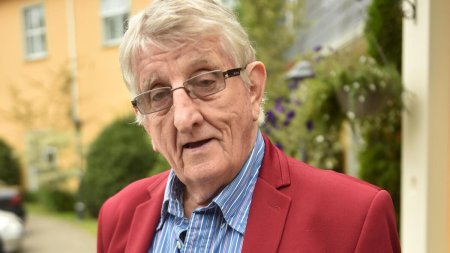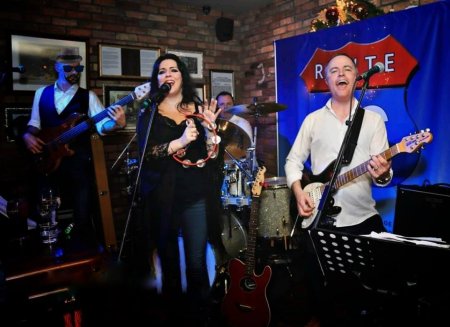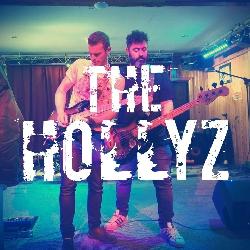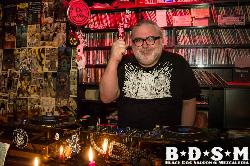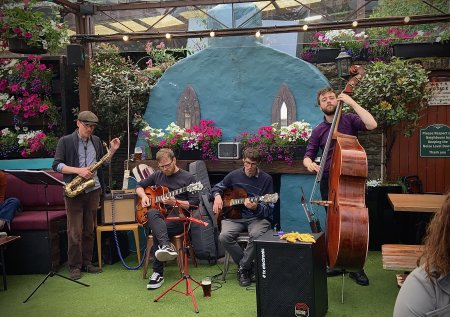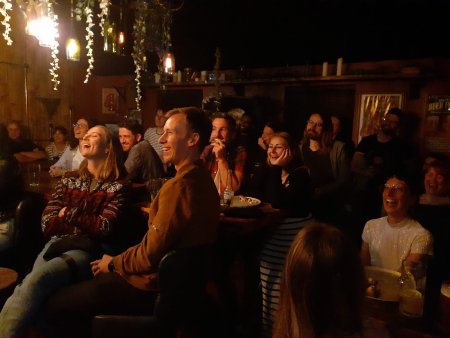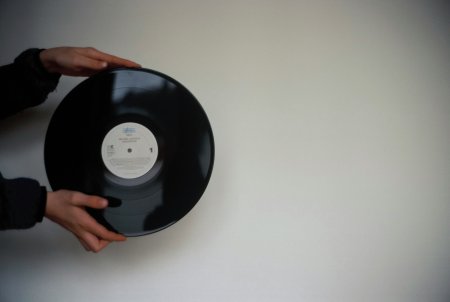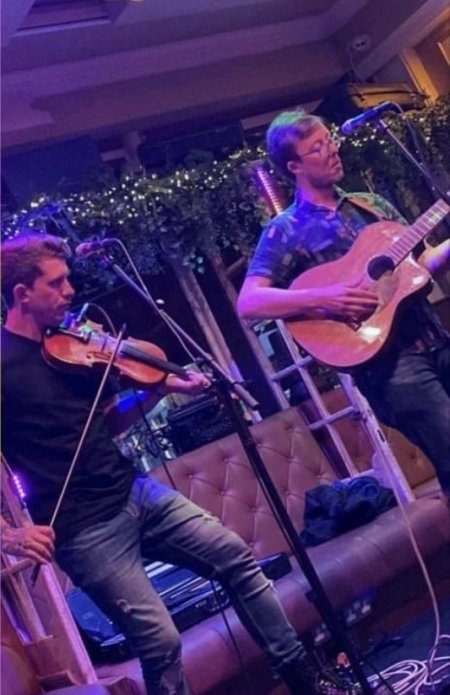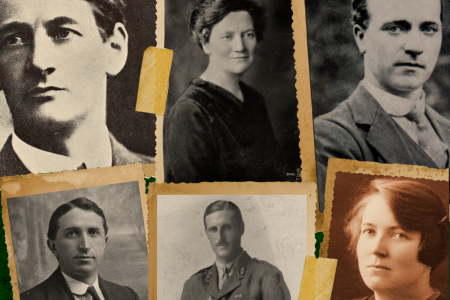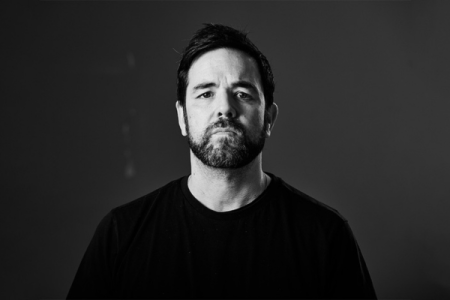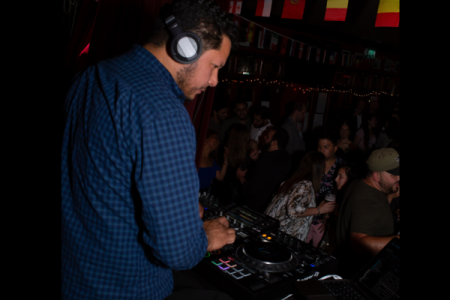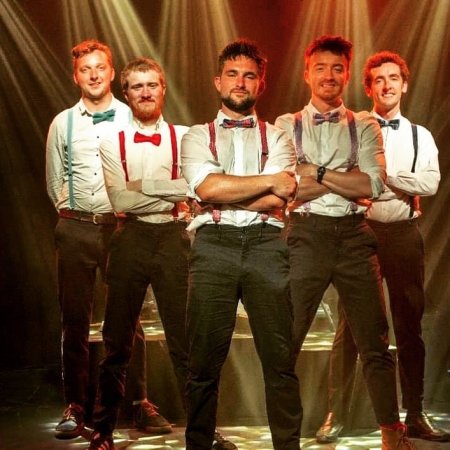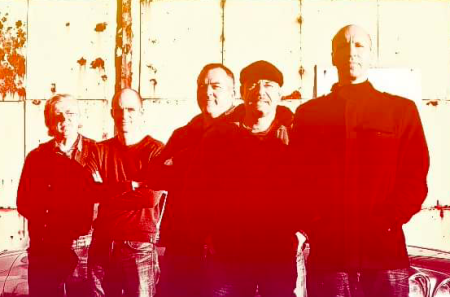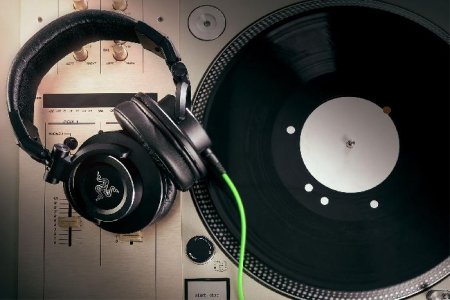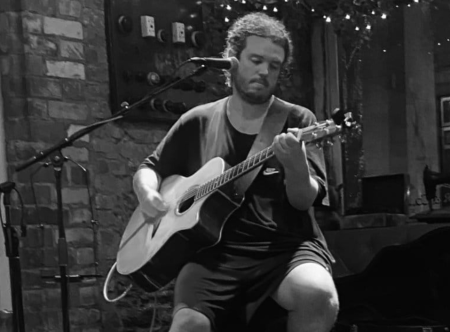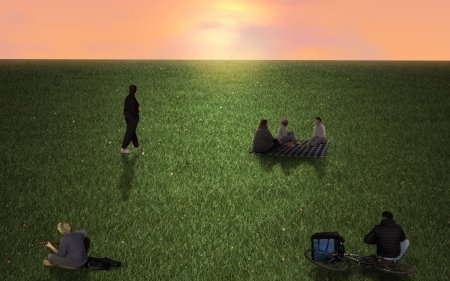The Guns of Grand Parade
7th Aug 2009
3. The Guns of Grand Parade
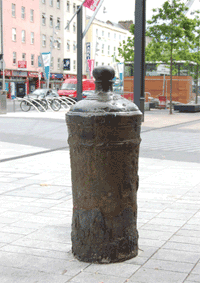 |
| Grand Parade 8 foot cannon |
This aristocrat was Henry FitzRoy, the Duke of Grafton. He was (one of) Charles II's illegitimate offspring, and a cousin of Louis XVI of France. The small stinky alley east of Grand Parade recalls his passing.
A physical feature linking guns and the street is what, at first glance, appears to be a bollard at the corner of Tuckey's Street and the Grand Parade. It is, in fact, a cannon, buried 5 feet deep, nose-down into the pavement. To set this in context, one must investigate the history of this street a little.
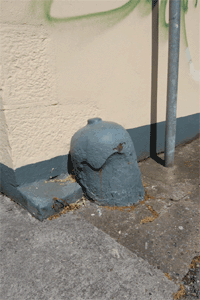 |
Angelsea Street cannon |
A defensive limestone wall lay to the west of these channels. The 1690 siege exposed the inadequacy of the walls to modern artillery, and the walls were substantially razed to ground level by about 1700.
Throughout the 18th century the marshy islands outside the city walls were leased and raised above flood level. By 1729, both sides of the channel had been developed. The eastern part was tree-lined and called, somewhat pretentiously, "The Mall". A bridge spanned the river from Tuckey's St. (then Lane) to where Oliver Plunkett St. is today. The northern end of the channel was covered over by 1773, and by 1801 it was entirely covered.
Some people suggest that the cannon was used as a mooring post, but as it dates from the period 1760-1820, the presence of the bridge downstream of it mentioned above would negate that. It was fairly common after the final defeat of Napoleon in 1815, to re-use military-surplus cannons as bollards.
However, this was generally done with smaller guns than the piece used in Cork, which is approximately 8 feet long. If you look carefully, you can still find the "touchhole" on the eastern side of the gun. Another, probable, cannon/bollard can be found on Anglesea Terrace.
See Tom Spalding's other articles here
 | Text
and Photographs © Tom Spalding, 2009 |






